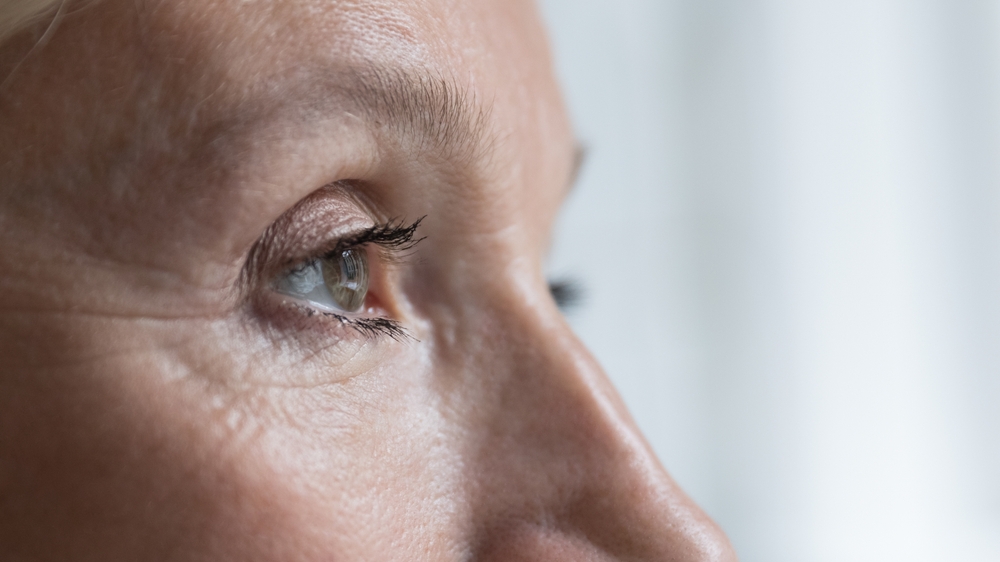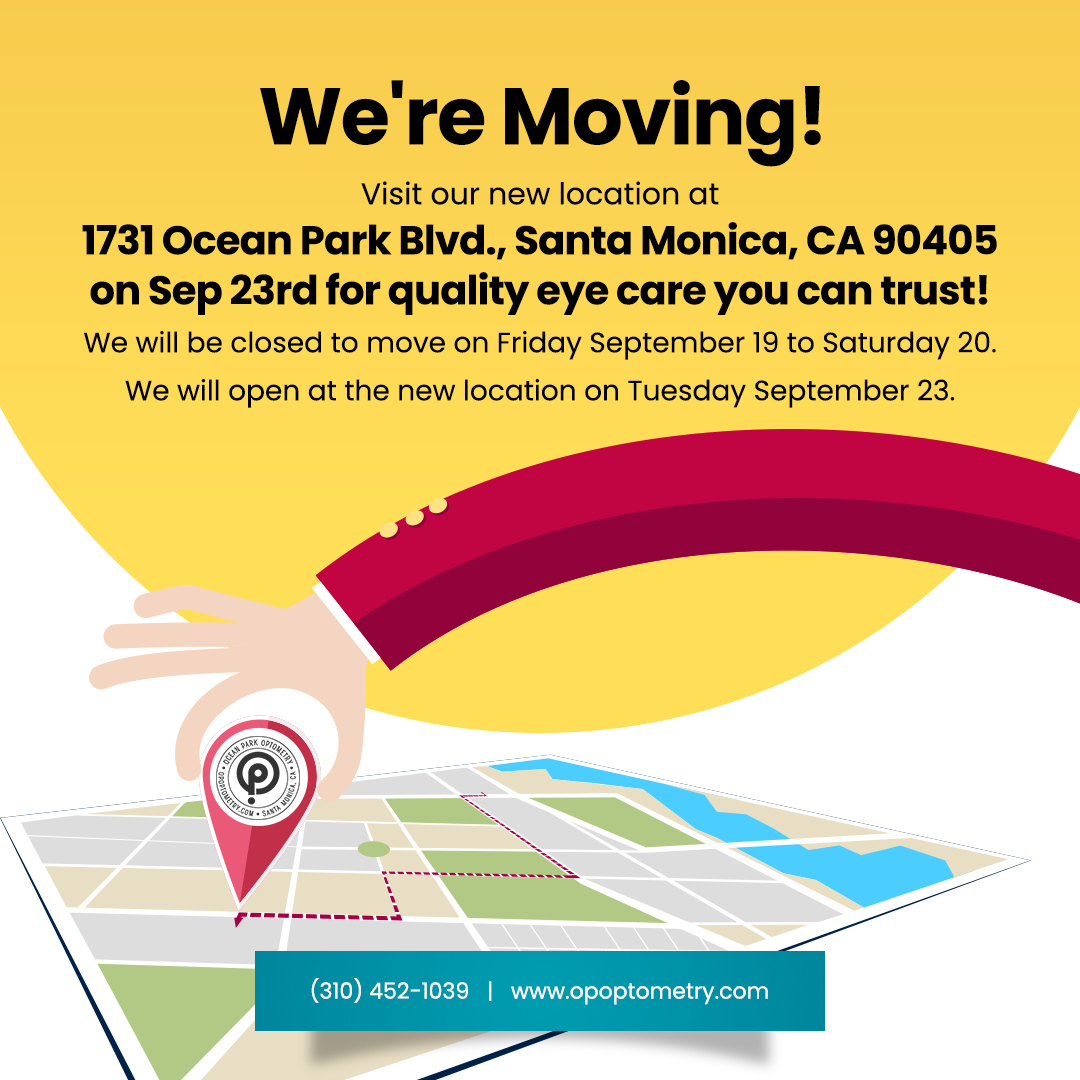
One of the most common causes of low vision in adults aged 60 and over is age-related macular degeneration (AMD). While it’s not likely that a person goes blind from AMD, it can lead to a severe loss of eyesight. People with this eye disease have difficulty performing daily tasks. They have difficulty seeing faces, reading, driving, cooking, or doing other close-up work.
Types of Age-Related Macular Degeneration
This condition gets worse over time. Age-related macular degeneration affects the macula, the small part of the retina’s center. Age wears down the macula, so you slowly lose your central vision. Consequently, you can’t see small details clearly.
Only the central vision is affected, so people with AMD have normal peripheral or side vision. It’s called “age-related macular degeneration” because it happens when people get older. On the other hand, Stargardt disease, which is a type of macular degeneration, can affect children and young adults.
The two forms of age-related macular degeneration are dry and wet AMD.
Dry AMD
Dry AMD affects 8 out of 10 people with the disease. People with dry AMD have parts of their macula going thinner and thinner as they age while drusen, small protein clumps, continue to grow. With this gradually happening, those with AMD eventually lose their central vision.
Wet AMD
This type of AMD is rare but much more severe than dry AMD. It occurs when abnormal blood vessels start developing underneath the retina. These vessels scar the macula by leaking blood or fluids, creating a large blind spot on the central vision. People with wet AMD lose sight more quickly than those with dry AMD.
Symptoms of AMD
There are no apparent signs and symptoms of macular degeneration in the beginning. Most often, people aren’t diagnosed until AMD has advanced or already affected both eyes. It’s the advanced stage when you notice the symptoms of macular degeneration. These include:
Fuzzy or blurry vision
Blind spot appearing in the central vision
Straight lines look wavy
Difficulty recognizing faces
Loss of central vision
Different or worse color perception
If you are showing these symptoms, visit your eye doctor as soon as possible before your condition gets even worse.
How Is AMD Treated?
Your doctor will determine the treatment for your AMD based on certain factors. They will consider your age, medical history, overall health, and the nature and extent of the condition. Your doctor will also determine your tolerance to low-vision therapies, certain medications, and specific procedures. Of course, they will also consider your opinions.
Unfortunately, there’s no cure for dry AMD. You can, however, develop some visual skills to cope using low-vision devices and vision rehabilitation programs. As for wet AMD treatment, anti-VEGF agents are used. Different medications are injected to fight AMD and minimize the effects of abnormal blood vessels.
To learn more about age-related macular degeneration, visit Ocean Park Optometry at our office Santa Monica, California. Call (310) 452-1039 to discuss any questions with our team of experts or to schedule an appointment today.













